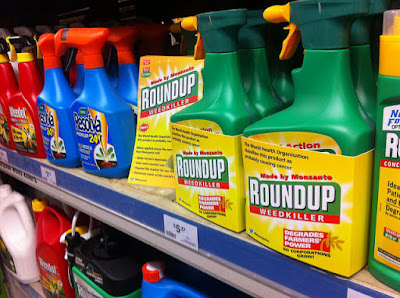September 2016
 |
| Photo Creative Commons |
The 'Bt' toxins produced by many commercialised GM crops are based on insecticidal proteins produced by soil bacteria, but have many important differences to the natural substance.
To mention just a few, they're plant proteins with bacterial qualities, or bacterial proteins with plant qualities, depending on your point of view. They're produced in a fully active (toxic) form without the environmental barriers inherent in the natural bacterial versions which need to be exposed to insect gut chemistry to become activated. GM 'Bt' toxins are unnatural in conception, construction, location and action.
Industry marketing has plugged its Bt as an insect-specific toxin which, outside of the pest gut, is just an innocuous protein. Who would have thought it could be harmful to fungi?
Soil fungi are fundamental to soil fertility and plant nutrition. They play key roles in the cycling of nutrients in the soil and supplying them to plants, and in soil water availability.
Such fungi also assist the plant in tolerating pathogens and abiotic stresses.
Most plants have an intimate relationship with specific fungi, which grow around their roots and penetrate into the cells of the root where a mutual exchange of nutrients can proceed.
So what happens when a fungus tries to colonise a GM, Bt-generating, plant?





